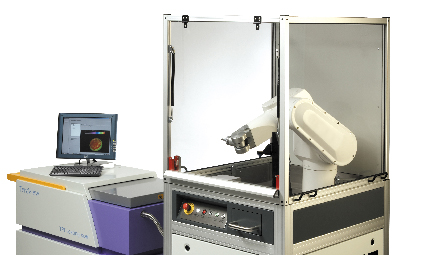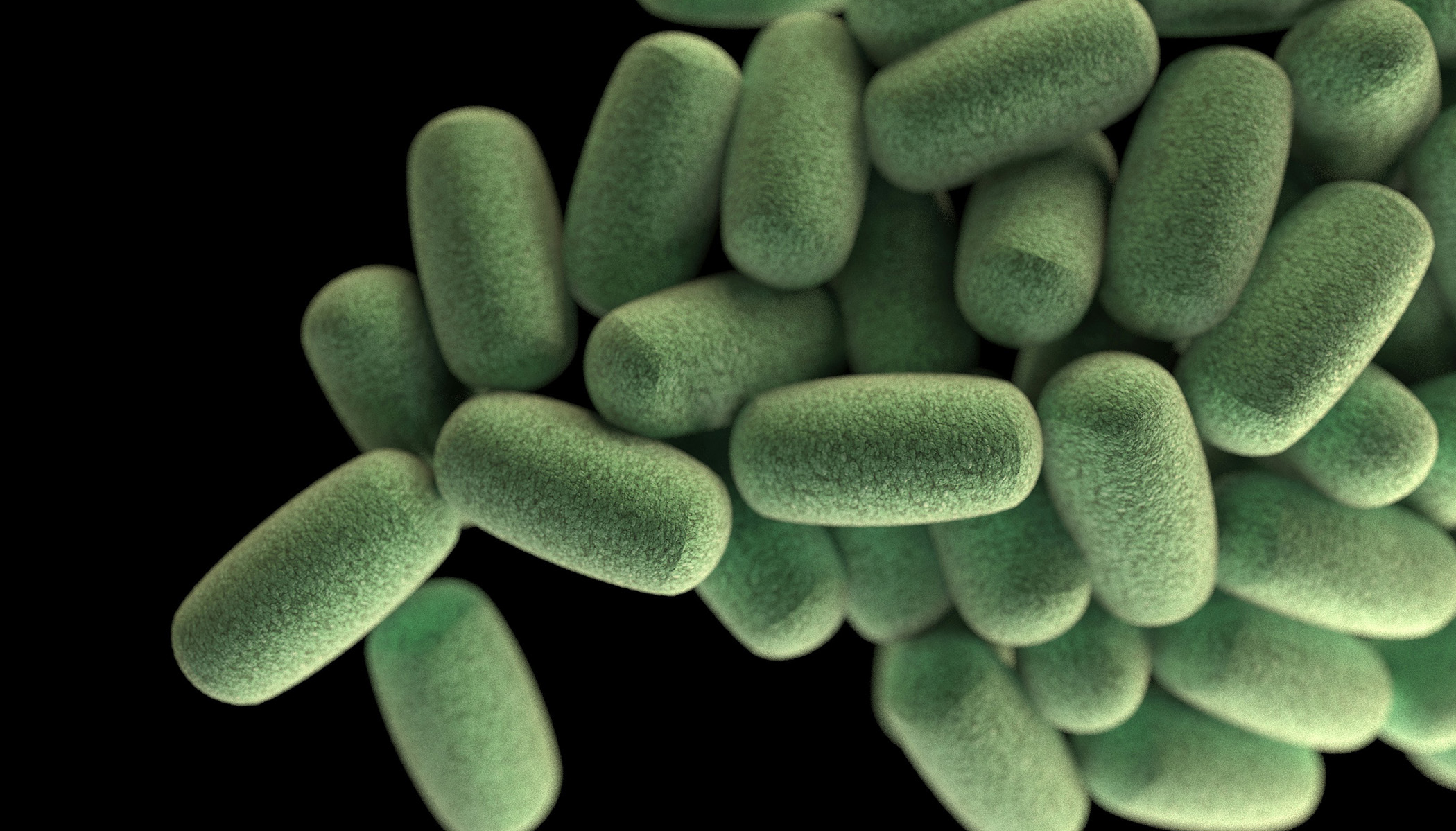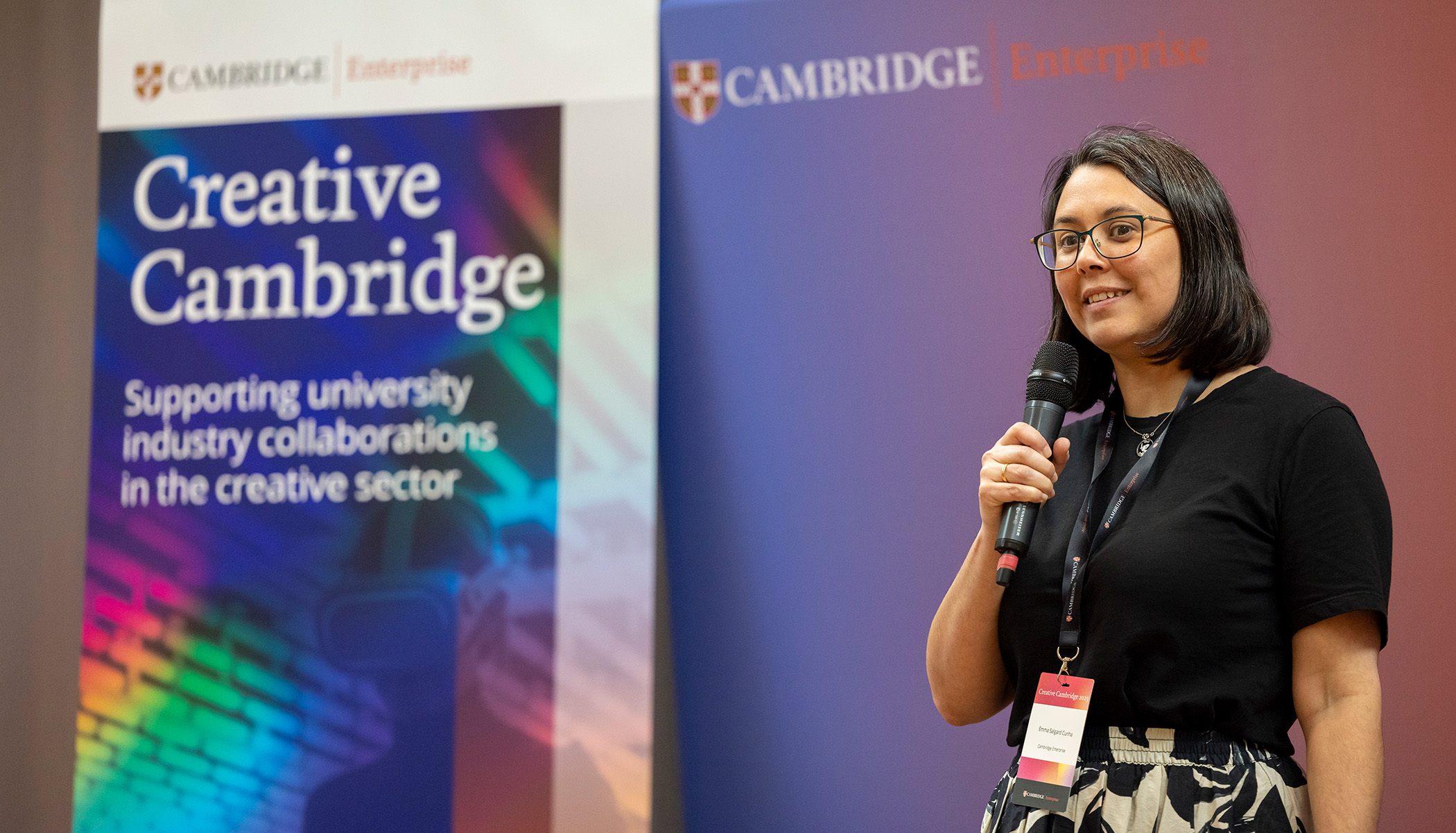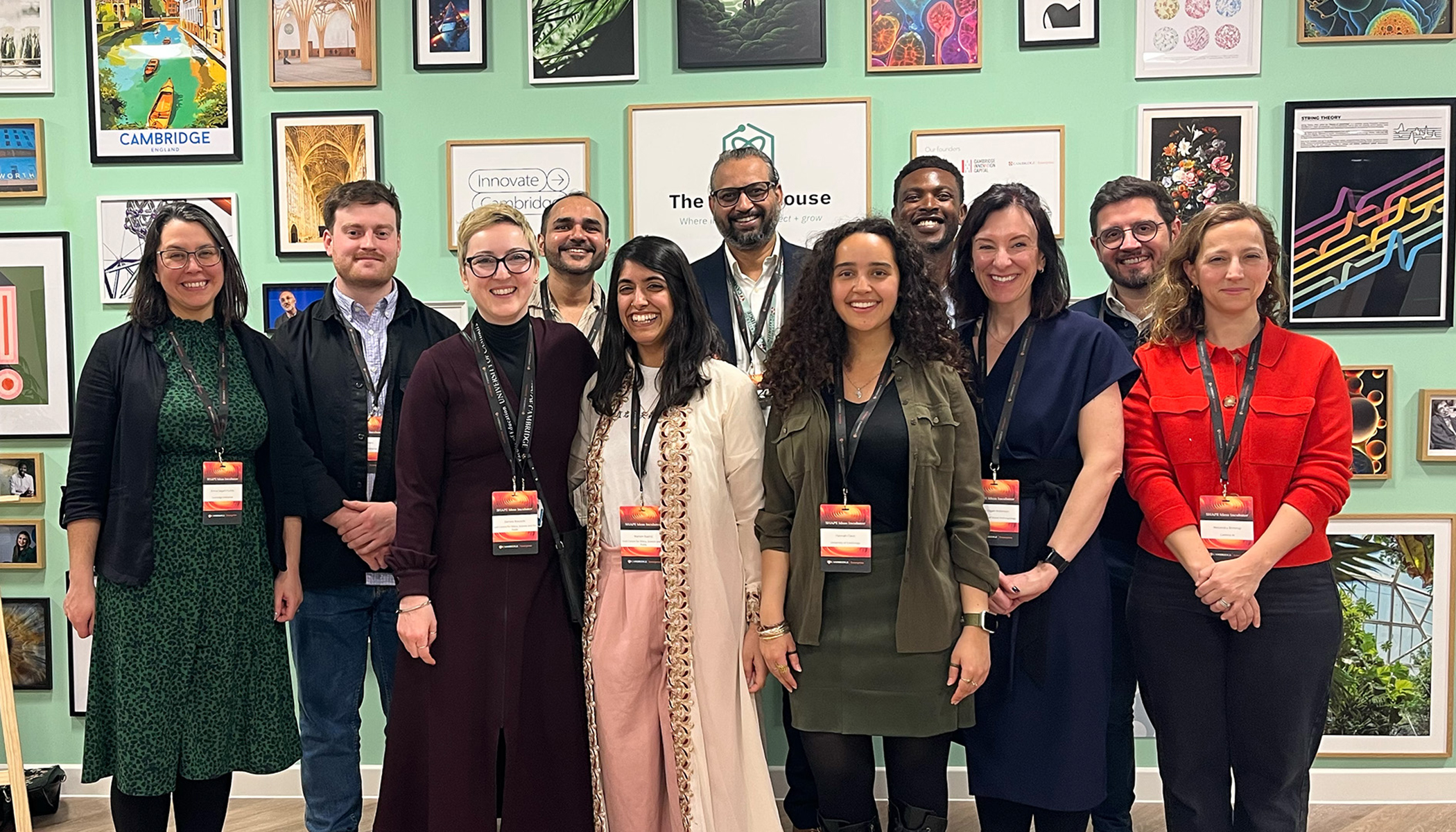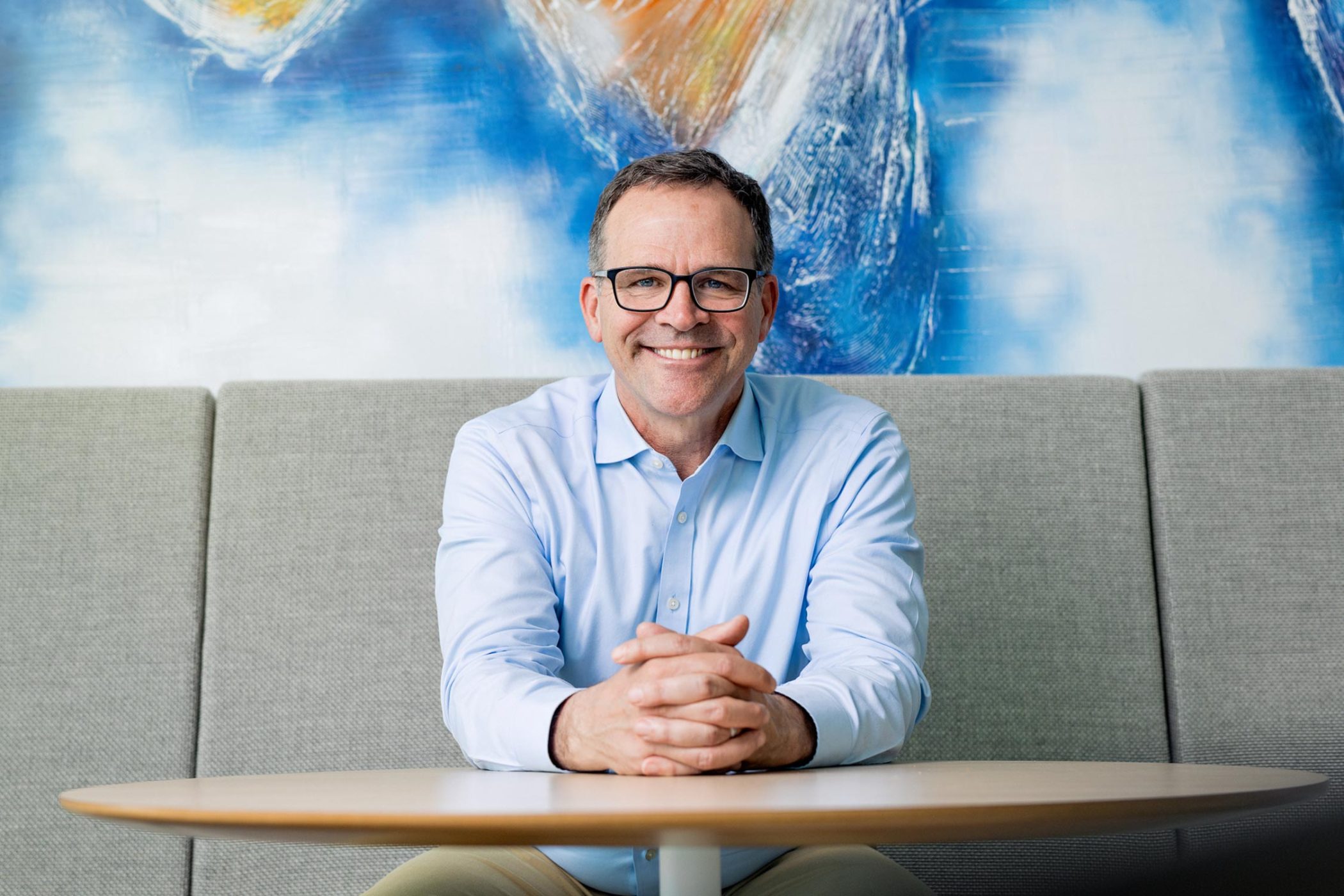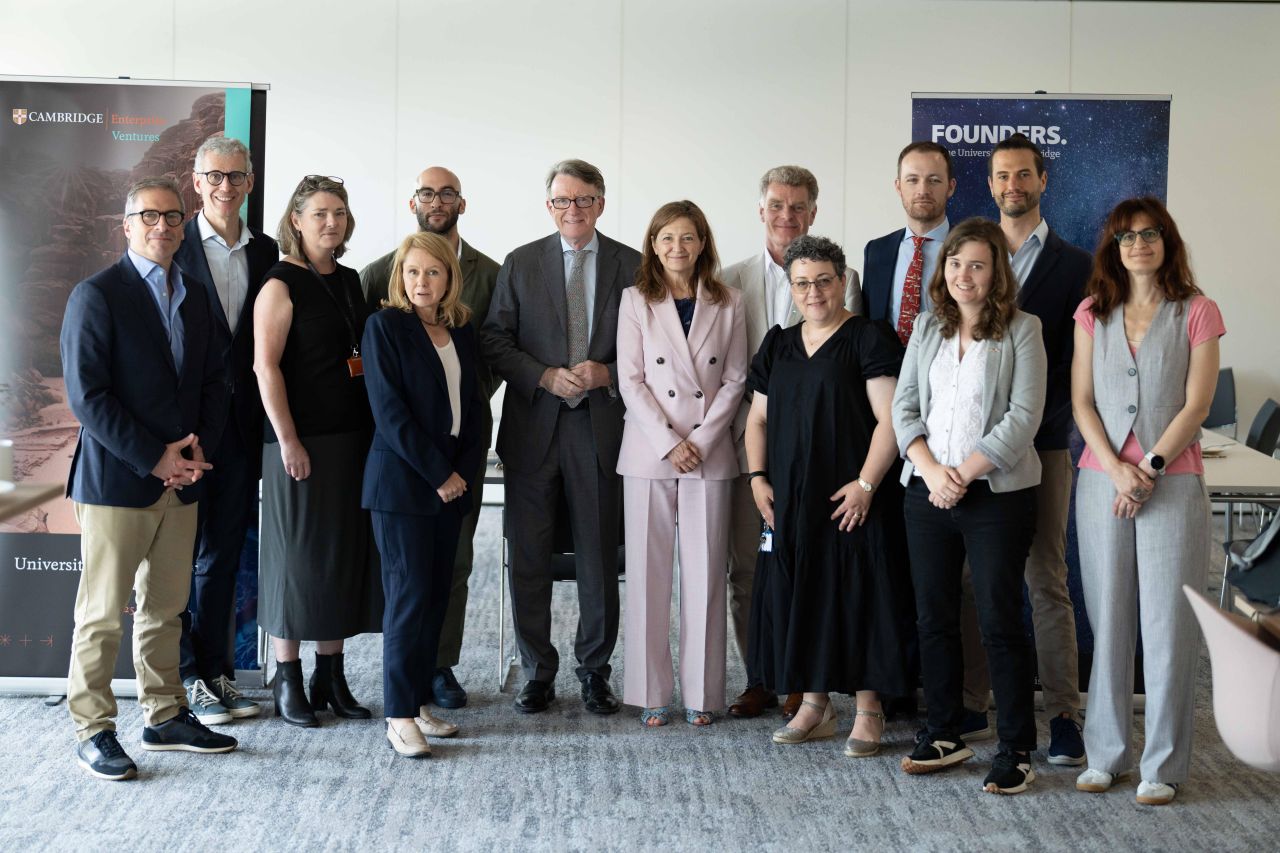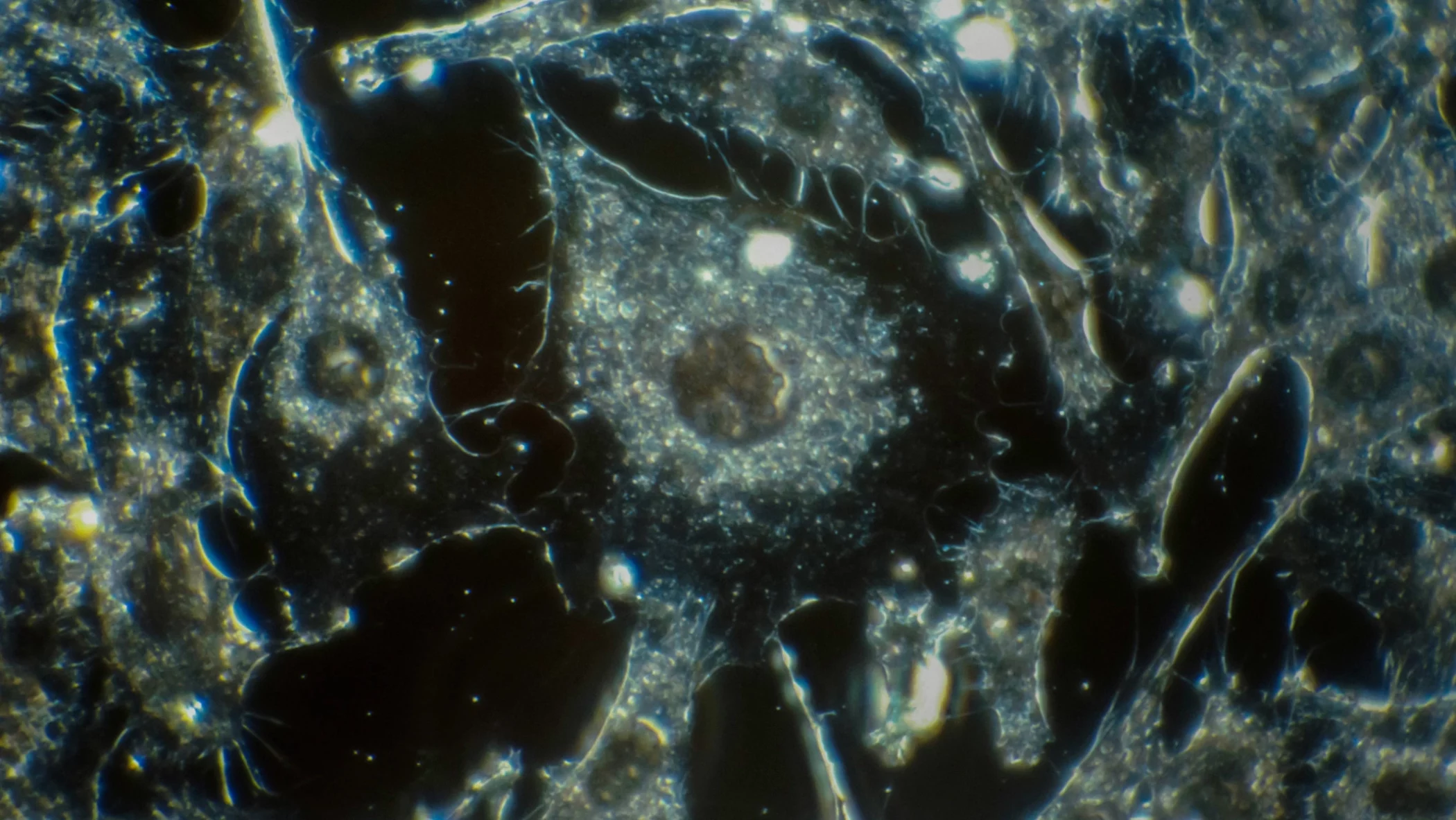A unique imaging technology developed by a University of Cambridge spin-out company could lead to increased efficiency of controlled release pharmaceuticals.
Cambridge Enterprise portfolio company TeraView Ltd, which specialises in three-dimensional imaging and spectroscopic systems which exploit the properties of terahertz technology, will see one of its imaging machines used for ongoing research in the Department of Chemical Engineering and Biotechnology, part of its continuing relationship with the University.
Dr Axel Zeitler, a lecturer in the Department who focuses on terahertz spectroscopy and imaging, will use TeraView’s tablet imaging system to further his research in the area of terahertz radiation and how it can be used to develop better processes and products, with a particular interest in pharmaceutical manufacturing.
Terahertz radiation is the ‘last frontier’ of the electromagnetic spectrum, occupying frequencies between microwaves and infrared. The equipment developed by TeraView uses terahertz radiation to produce highly detailed three-dimensional images, which are useful across a wide range of fields, including the semiconductor, solar, intelligence and pharmaceutical industries.
In the pharmaceutical industry, terahertz radiation is used to produce highly detailed images of tablets, and provides clear advantages over existing methods, as x-ray and infrared frequently lack the sensitivity to produce the same quality of images without destroying the tablet.
The images produced using TeraView’s equipment enable researchers to detect minute cracks and defects present in the coating of the tablets, especially important in sustained or controlled release tablets, where a lack of uniformity in the coating can lead to serious problems in both safety and efficacy.
The method developed by TeraView is unique in that it can map both tablet coating thickness and density, which when measured together form a more accurate indication of a tablet’s dissolution characteristics.
TeraView’s equipment is in use across a range of markets. The company is active in 16 countries, and sells equipment and expertise to more than 40 industrial users, academic institutions and government agencies, particularly in the United States, as well as partners in the pharmaceutical, security, semiconductor and solar industries.
They have also recently entered into a major collaboration with Ohio State University, both assisting in the development of products and supplying equipment to the university’s researchers.
TeraView has also recently extended the technology and its equipment is now being sold to leading semiconductor companies as a vital part of the assembly and testing of advanced semiconductor chips.
TeraView was spun-out from Toshiba Research Europe in 2001 by Sir Michael Pepper, Emeritus Professor of Physics, and Dr Don Arnone to exploit the intellectual property and expertise developed in sourcing and detecting terahertz radiation, using innovative semiconductor technologies.
The company has an ongoing relationship with the University of Cambridge, in particular the Cavendish Laboratory, as well as with other University departments. The company is based in Cambridge.



